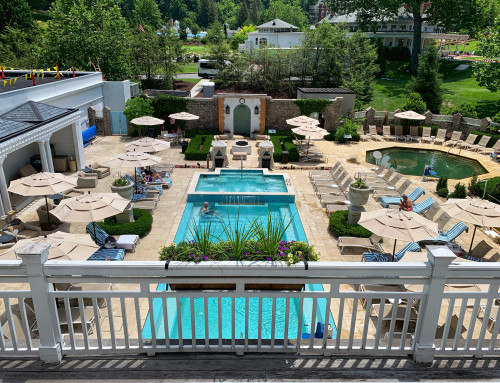On the Trail of the Holy Grail: Pyrénées Mountains
Holy Grail traditions and Mary Magdalene’s enigmatic legend persists from the southern French coast inland to the mountains. Rennes-le-Chateau, a sleepy village in the foothills of the Pyrénées Mountains, plays a central role in several Grail stories. In the 1890’s a poor parish priest named Father Bérenger Saunière found hidden scrolls leading to a priceless treasure. Conspiracy theories claim these parchments divulged the location of the Grail, a hidden treasure, Mary Magdalene’s tomb, or perhaps, they most shockingly traced Jesus’ lineage through the French line of Merovingian kings to the present day. According to the book, Holy Blood, Holy Grail, Saunière used to this knowledge to amass scandalous amounts of wealth. The priest’s controversial funds were used to renovate the humble parish church– dedicated to Mary Magdalene– with symbols and ciphers possibly alluding to the ancient secret of the scrolls.
Saunière’s personal library, known as Tour Magdala, looms over a sacred landscape imbued with magic, myth, and murder. Its hillside location is on one of five hilltops that believers say form a natural pentagram. On one hill, the mighty Château de Blanchefort was occupied by Knights Templars, rumored to be digging for treasure or hiding it. On another point of this natural pentacle sat Château Bézu, home to a Cathar Lord with an unknown source of wealth.
Even the Nazi’s searched thePyrénées caves and castles as writer Otto Rahn believed it was possible to trace the grail specifically to the fortress of Montségur, with links to knights Templars and a religious (deemed heretical) sect known as the Cathars.
What were the connections of the Knights Templar to the Holy Grail?
Learn more about Arthurian and Grail traditions in the next part this series: On the Grail Trail: Knights Templars and Cathars







Leave A Comment